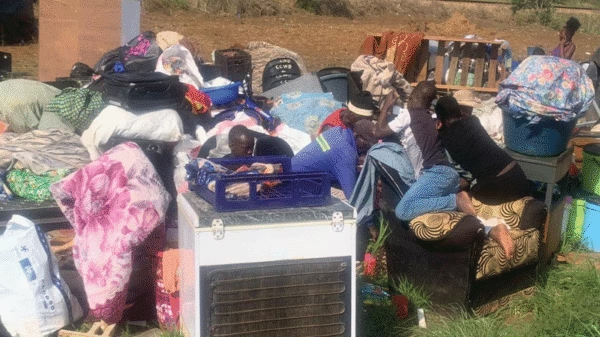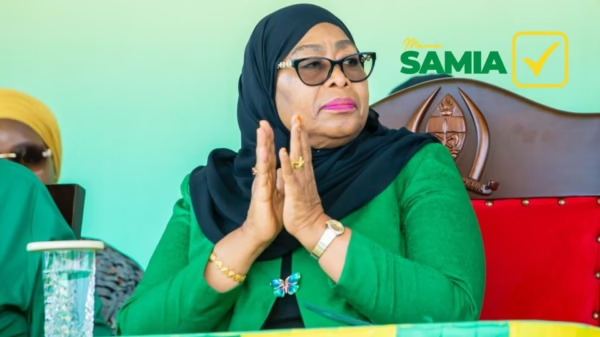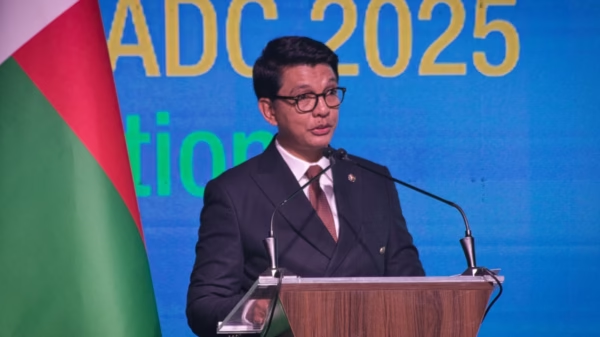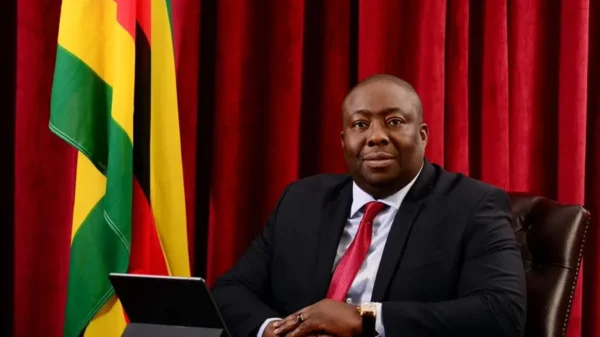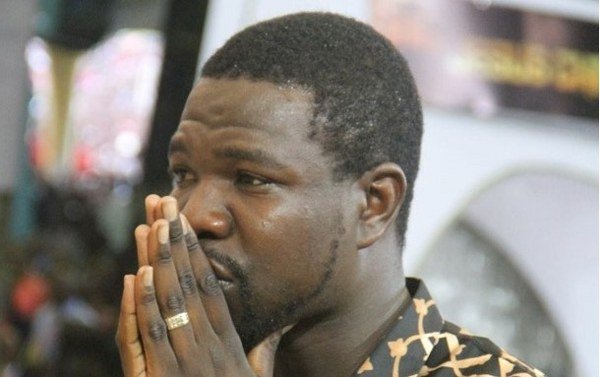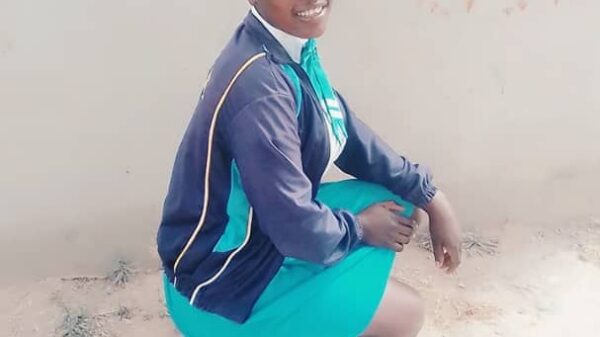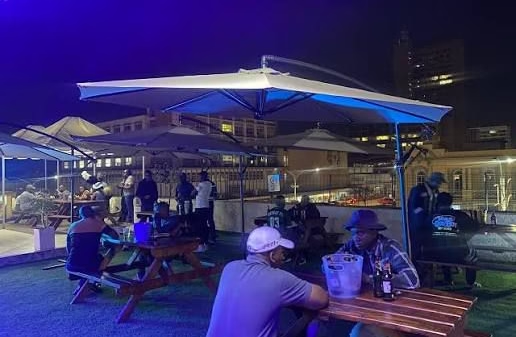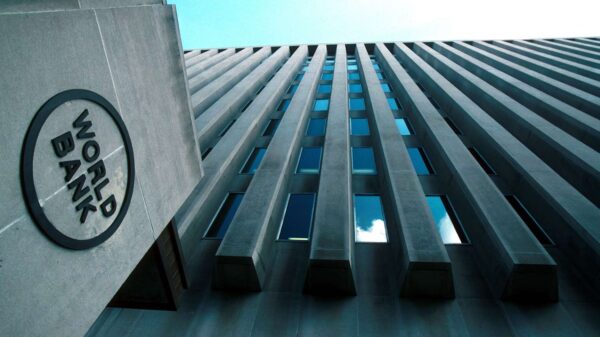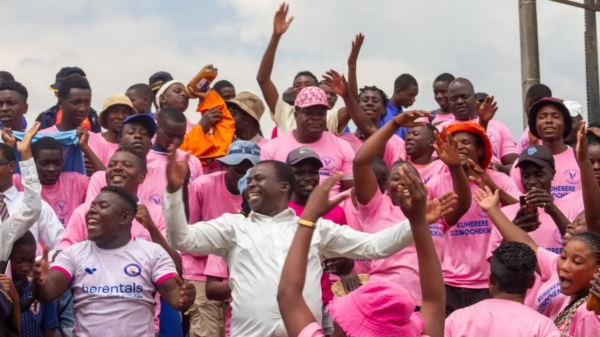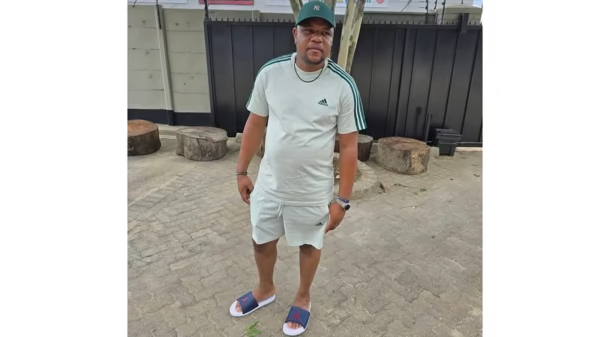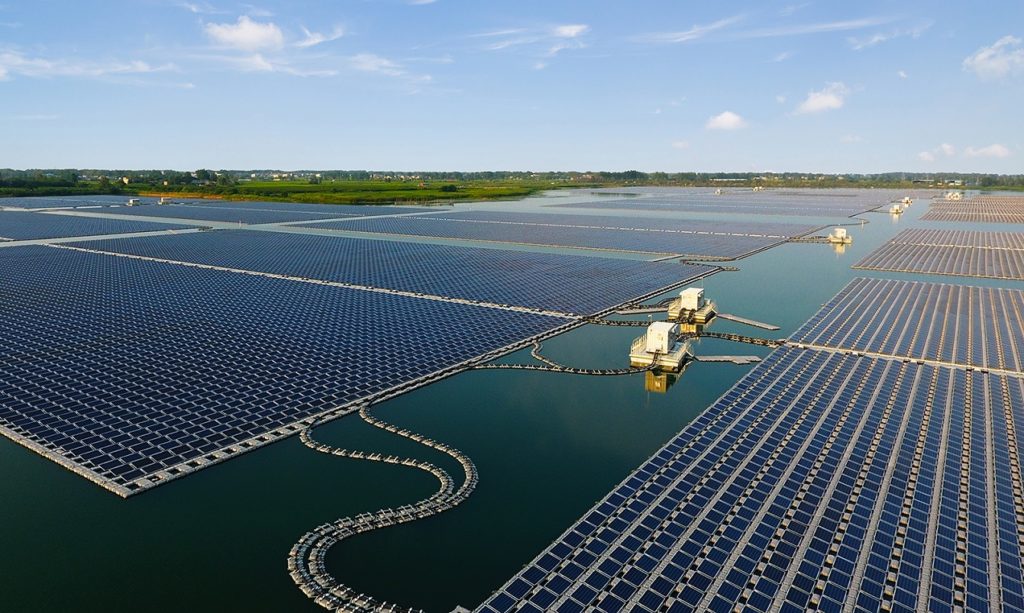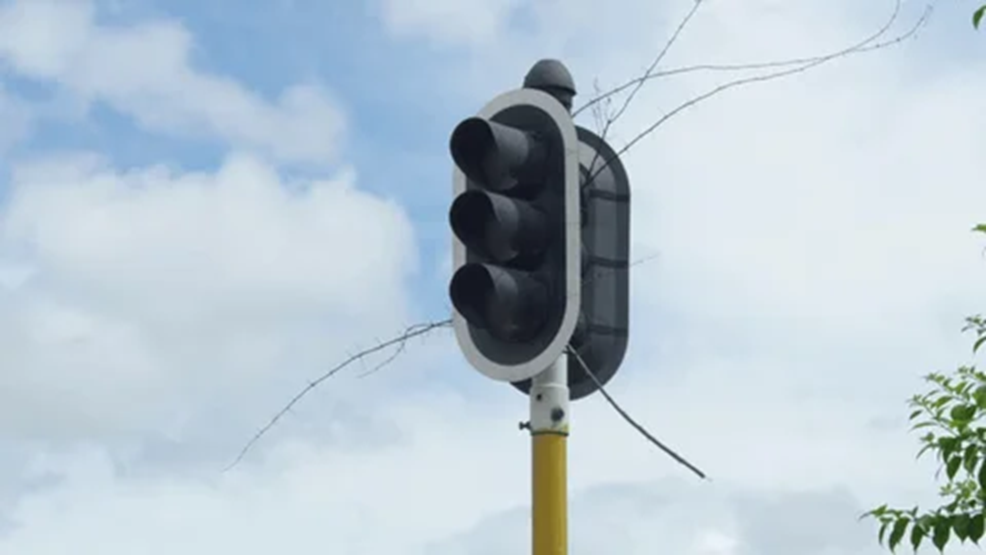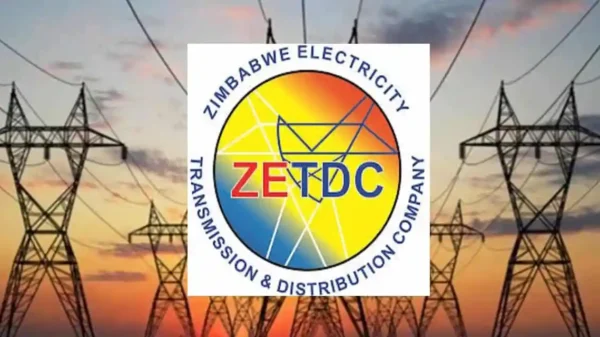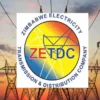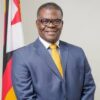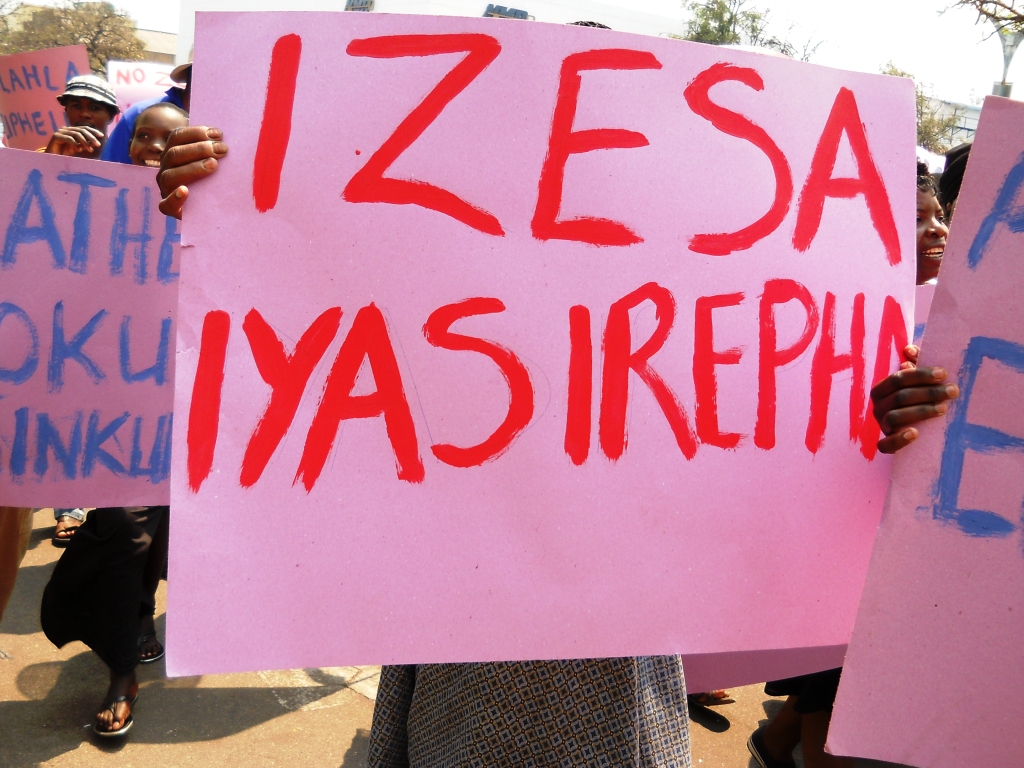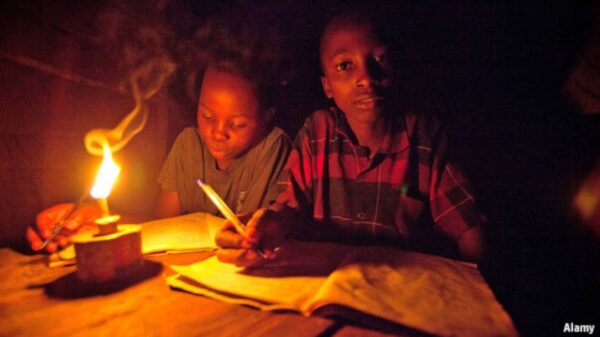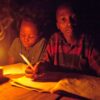As the nation rushes to achieve energy independence in line with the National Development Strategy, the bankability and feasibility study for the proposed US$1 billion floating solar farm on Lake Kariba is anticipated to be finished this year. Work on the project will then begin.
Mining firms have since expressed their willingness to pay feasible power prices in order to guarantee sustainable power production, and they are anticipated to be the project’s primary consumers for their exports.
Caleb Dengu, general partner of project consulting company CDF Trust and Consulting, revealed that Energy China International Group had been a collaborator in the project’s design.
Upon approval and implementation, the project will significantly improve the country’s power generation capacity in line with thrust being pursued by the Second Republic led by President Mnangagwa.
“CDF Trust and Consulting BV are the project promoters and co-ordinators. We will bring all the institutions together. We are appointing one of the DFI’s to be Project Advisor most likely TD Bank,” said Mr Dengu who is also Vice Chairperson of IEUG.
“The project will be syndicated through Africa Investment Forum therefore mostly funded by African Banks. The Mining Companies will be the Off-taker of the power through Intensive Energy User Group. Mining Companies have capacity to pay a viable tariff in United States dollars for their power.
“This project is urgent. We are raising money for the bankable feasibility study and an ESIA by June this year. We hope to have the BSF completed by end of 2023 because we already have Engineering drawings and Bill of Quantities.
“There will be financial closure by first quarter of 2024. Energy China International Group has done more than 6 big projects and is the most experienced in the world. They have done 250 MW, 150 MW, 130MW, 200 MW etc.”
In outlining the benefit of the project, Mr Dengu said there will be use of solar during the day thereby saving water levels on Lake Kariba.
“The project was initiated by CDF Trust and Consulting BV the project promoters who engaged Energy China International Group to design the Floating solar farm. This was in response to reducing water levels in Kariba which was leading to closing of the power production at Kariba.
The purpose of the Floating Solar farm is to use solar during the day and therefore close the water. Thus it will allow water levels to rise during the day with inflow of water while the outflow is closed,” said Mr Dengu.
“During the night we then open water and generate hydro-electricity. Kariba will have continuous production of power for 24 hours daily. Thus we are converting solar power into base load which is required by the mining industry.”
Mr Caleb noted that because of use of renewable energy firms will be eligible for carbon credits.
“We are also going to supply power to Intensive Energy User Group (IEUG) which is an association of exporters. They are also going to mine using renewable energy therefore qualifying to apply for carbon credits and to seek premiums on green products. There are also plans to breed fish under the floating solar panels on Lake Kariba,” he said.
The project, if implemented is expected to mitigate the prolonged loadshedding that industrial and domestic consumers have been enduring in the last couple of months.
The project envisages 1,8 millionn photovoltaic panels installed, 146 modulator floating units will be used.
The civil engineering works would cost around US$186 million and the cost of installation has been pegged at US$801 million.
The Government has crafted the national renewable energy policy structure to achieve and install a renewable capacity of 1 100 MW or 16,5 percent of total electricity requirement by 2025.
By 2030, the target is that the installed renewable energy capacity should be 2 100 MW or 26,5 percent of the electricity supply.

For comments, Feedback and Opinions do get in touch with our editor on WhatsApp: +44 7949 297606.


